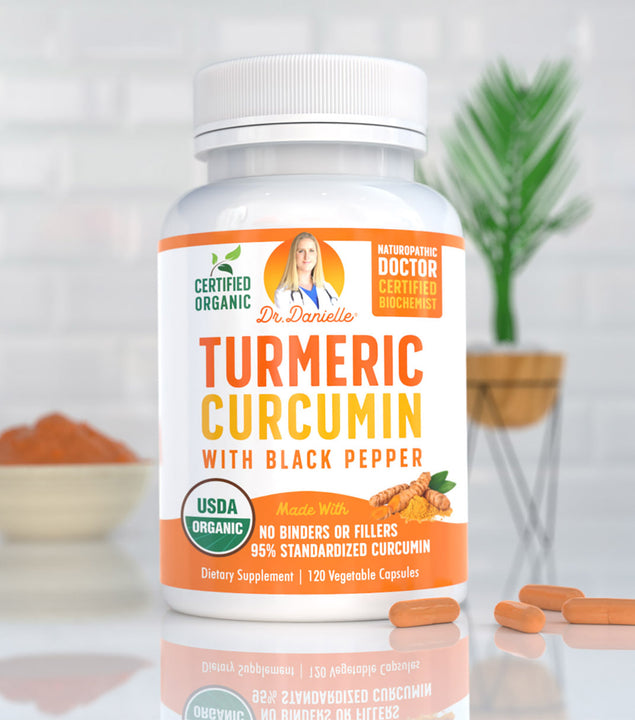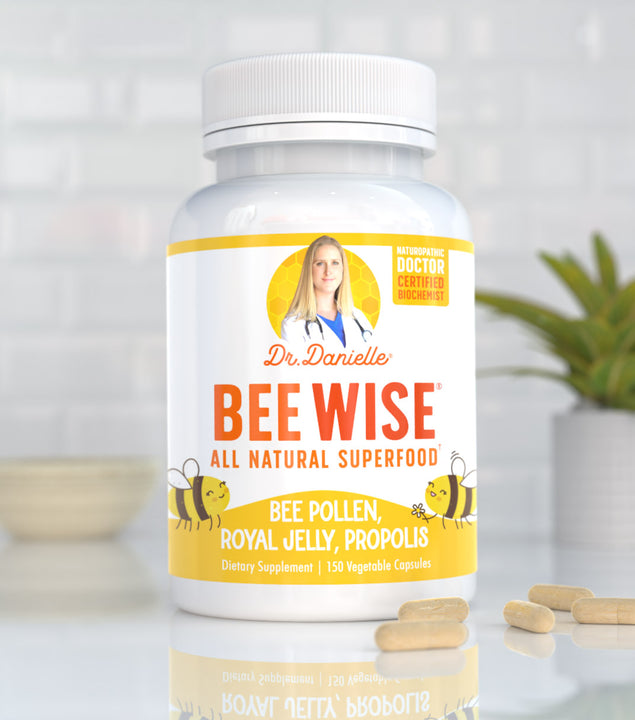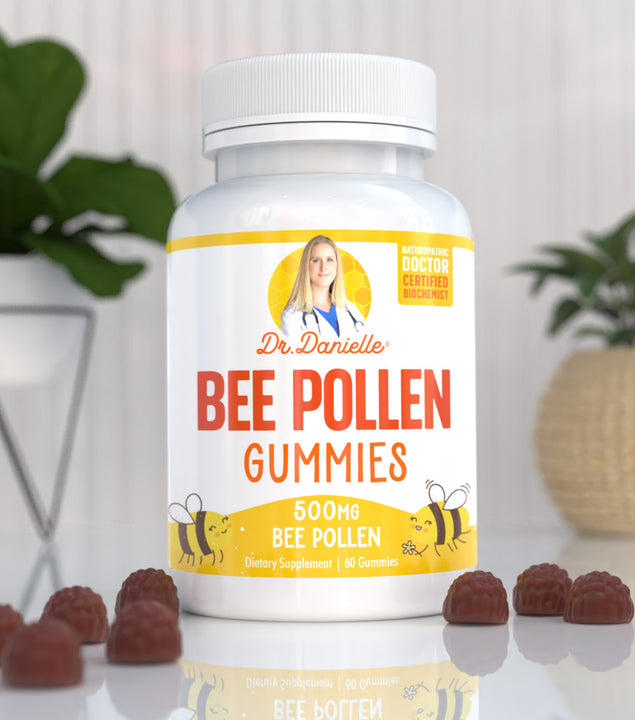We all know plastic is a problem. But did you know the average person has a spoonful of microplastics in their brain?¹ That’s not just shocking—it’s personal.
The issue isn’t only out in the oceans or buried in landfills. It’s right in our kitchens, bathrooms, and laundry rooms. The good news? You don’t have to overhaul your life to make a difference. A few smart swaps can drastically cut your plastic footprint—and your exposure.
The Microplastic Reality
Microplastics are tiny plastic particles less than 5mm in size. They’re in the air we breathe, the food we eat, and the water we drink. Research shows:
- 90% of our drinking water contains microplastics²
- 33% of the fish we eat have microplastics in them³
- Even everyday items like detergent pods can leave behind plastic residue that ends up in our bodies and environment⁴
3 Simple Swaps That Matter

1. Switch to Wood Cutting Boards
Plastic boards shed tiny bits with every slice. Wood alternatives are not only safer—they’re also antimicrobial by nature. A win-win.
2. Bring Your Own Bags
Ditch single-use plastic bags and choose cloth produce bags and grocery totes. They’re durable, washable, and way more stylish than crinkly plastic.
3. Store Leftovers in Glass
Plastic containers can leach chemicals when heated or scratched. Glass containers are safer, last longer, and don’t hold onto food odors. If you can, only drink water from glass or stainless steel.
Why It’s Worth It
Every plastic-free swap limits your exposure to toxic compounds like BPA and PVA (polyvinyl alcohol), often found in plastic wraps, containers, and laundry pods⁵. These chemicals can disrupt hormones, impact gut health, and even affect brain function over time.
Start Small. Think Big.
Reducing your plastic use doesn’t mean perfection—it means intention. Swapping one item at a time builds better habits, protects your health, and supports a cleaner planet.








